How Much Of The Dark Matter Could Neutrinos Be?

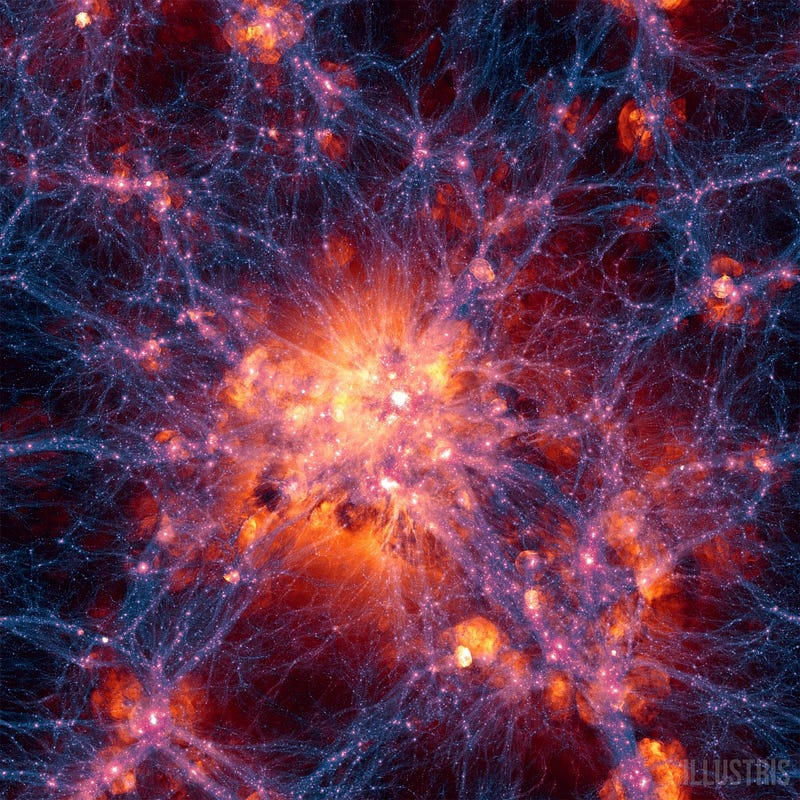
They’re the only Standard Model particles that behave like dark matter should. But they can’t be the full story.
All throughout the Universe, there’s more than what we’re capable of seeing. When we look out at the stars moving around within galaxies, the galaxies moving withing groups and clusters, or the largest structures of all that make up the cosmic web, everything tells the same disconcerting story: we don’t see enough matter to explain the gravitational effects that occur. In addition to the stars, gas, plasma, dust, black holes and more, there must be something else in there causing an additional gravitational effect.
Traditionally, we’ve called this dark matter, and we absolutely require it to explain the full suite of observations throughout the Universe. While it cannot be made up of normal matter — things made of protons, neutrons, and electrons — we do have a known particle that could have the right behavior: neutrinos. Let’s find out how much of the dark matter neutrinos could possibly be.

At first glance, neutrinos are the perfect dark matter candidate. They barely interact at all with normal matter, and neither absorb nor emit light, meaning that they won’t generate an observable signal capable of being picked up by telescopes. At the same time, because they interact through the weak force, it’s inevitable that the Universe created enormous numbers of them in the extremely early, hot stages of the Big Bang.
We know that there are leftover photons from the Big Bang, and very recently we’ve also detected indirect evidence that there are leftover neutrinos as well. Unlike the photons, which are massless, it’s possible that neutrinos have a non-zero mass. If they have the right value for their mass based on the total number of neutrinos (and antineutrinos) that exist, they could conceivably account for 100% of the dark matter.

So how many neutrinos are there? That depends on the number of types (or species) of neutrino.
Although we can detect neutrinos directly using enormous tanks of material designed to capture their rare interactions with matter, this is both incredibly inefficient and is only going to capture a tiny fraction of them. We can see neutrinos that are the result of particle accelerators, nuclear reactors, fusion reactions in the Sun, and cosmic rays interacting with our planet and atmosphere. We can measure their properties, including how they transform into one another, but not the total number of types of neutrino.

But there is a way to make the critical measurement from particle physics, and it comes from a rather unexpected place: the decay of the Z-boson. The Z-boson is the neutral boson that mediates the weak interaction, enabling certain types of weak decays. The Z couples to both quarks and leptons, and whenever you produce one in a collider experiment, there’s a chance that it will simply decay into two neutrinos.
Those neutrinos are going to be invisible! We cannot typically detect the neutrinos we create from particle decays in colliders, as it would take a detector with the density of a neutron star to capture them. But by measuring what percentage of the decays produce “invisible” signals, we can infer how many types of light neutrino (whose mass is less than half the Z-boson mass) there are. It’s a spectacular and unambiguous result known for decades now: there are three.
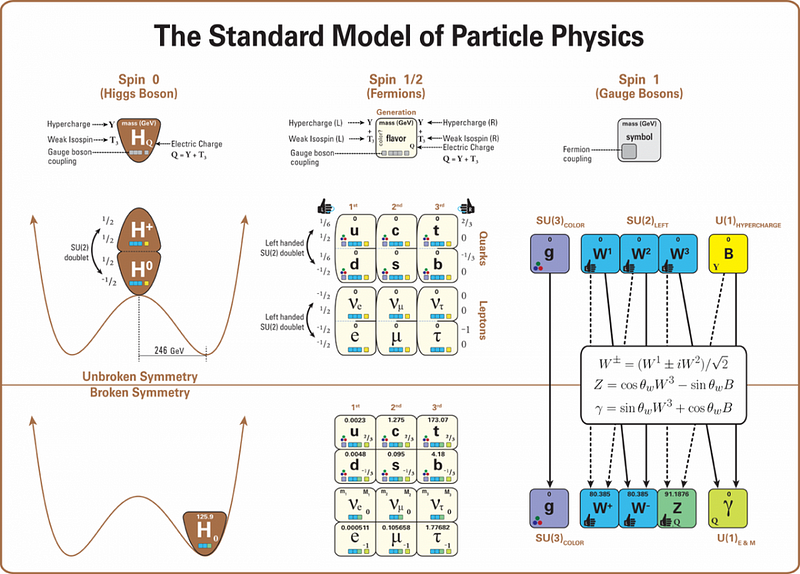
Coming back to dark matter, we can calculate, based on all the different signals we see, how much extra dark matter is necessary to give us the right amount of gravitation. In every way we know how to look, including:
- from colliding galaxy clusters,
- from galaxies moving within X-ray emitting clusters,
- from the fluctuations in the cosmic microwave background,
- from the patterns found in the large-scale structure of the Universe,
- and from the internal motions of stars and gas within individual galaxies,
we find that we require about five times the abundance of normal matter to exist in the form of dark matter. It’s a great success of dark matter for modern cosmology that just by adding one ingredient to solve one puzzle, a whole slew of other observational puzzles are also solved.
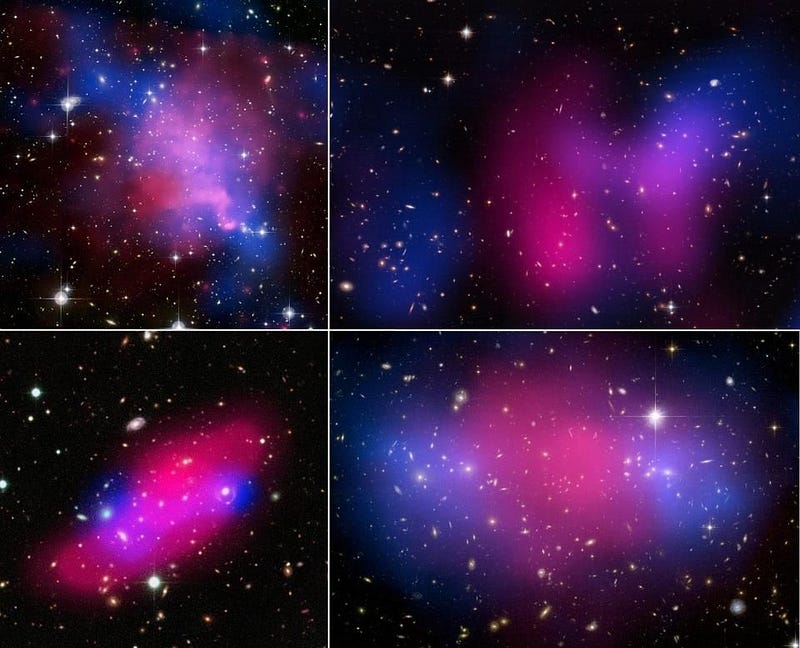
If you have three species of light neutrino, it would only take a relatively small amount of mass to account for all the dark matter: a few electron-Volts (about 3 or 4 eV) per neutrino would do it. The lightest particle found in the Standard Model besides the neutrino is the electron, and that has a mass of about 511 keV, or hundreds of thousands of times the neutrino mass we want.
Unfortunately, there are two big problems with having light neutrinos that are that massive. When we look in detail, the idea of massive neutrinos is insufficient to make up 100% of the dark matter.
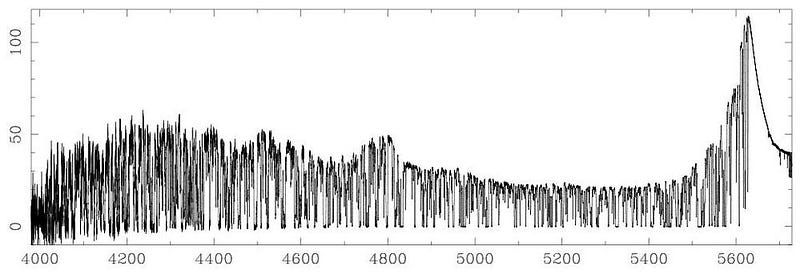
The first problem is that neutrinos, if they are the dark matter, would be a form of hot dark matter. You might have heard the phrase “cold dark matter” before, and what it means is that the dark matter must be moving slowly compared to the speed of light at early times.
Why?
If dark matter were hot, and moving quickly, it would prevent the gravitational growth of small-scale structure by easily streaming out of it. The fact that we form stars, galaxies, and clusters of galaxies so early rules this out. The fact that we see the weak lensing signals we do rules this out. The fact that we see the pattern of fluctuations in the cosmic microwave background rules this out. And direct measurements of clouds of gas in the early Universe, through a technique known as the Lyman-α forest, definitively rule this out. Dark matter cannot be hot.
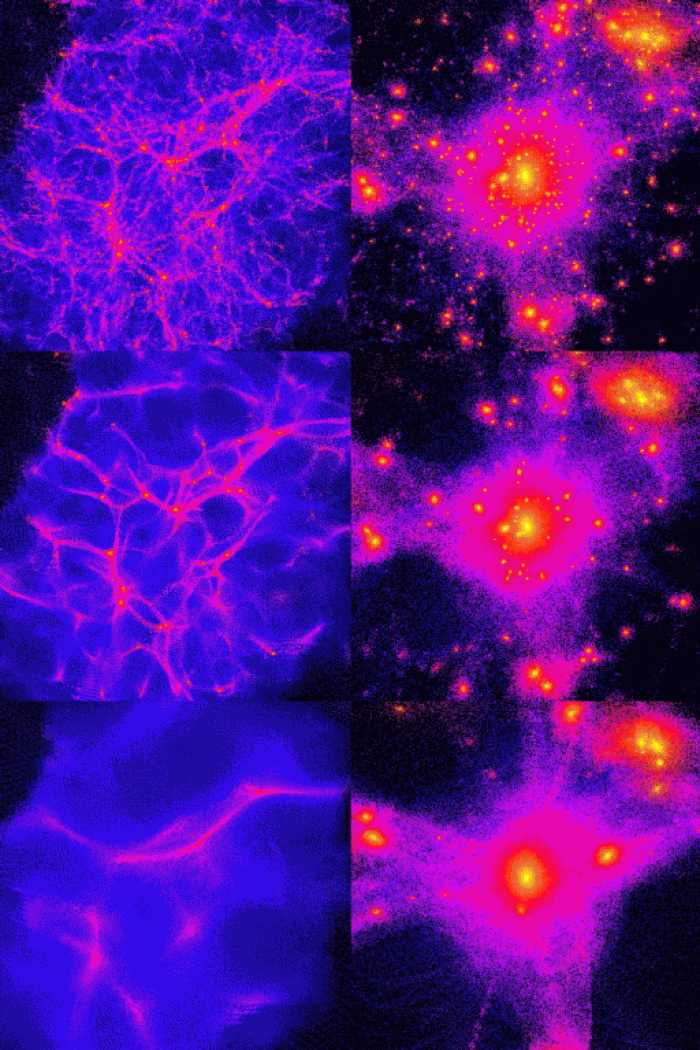
A number of collaborations have measured the oscillations of one species of neutrinos to another, and this enables us to infer the mass differences between the different types. Since the 1990s, we’ve been able to infer that the mass difference between two of the species are on the order of about 0.05 eV, and the mass difference between a different two species is approximately 0.009 eV. Direct constraints on the mass of the electron neutrino come from tritium decay experiments, and show that the electron neutrino must be less massive than about 2 eV.
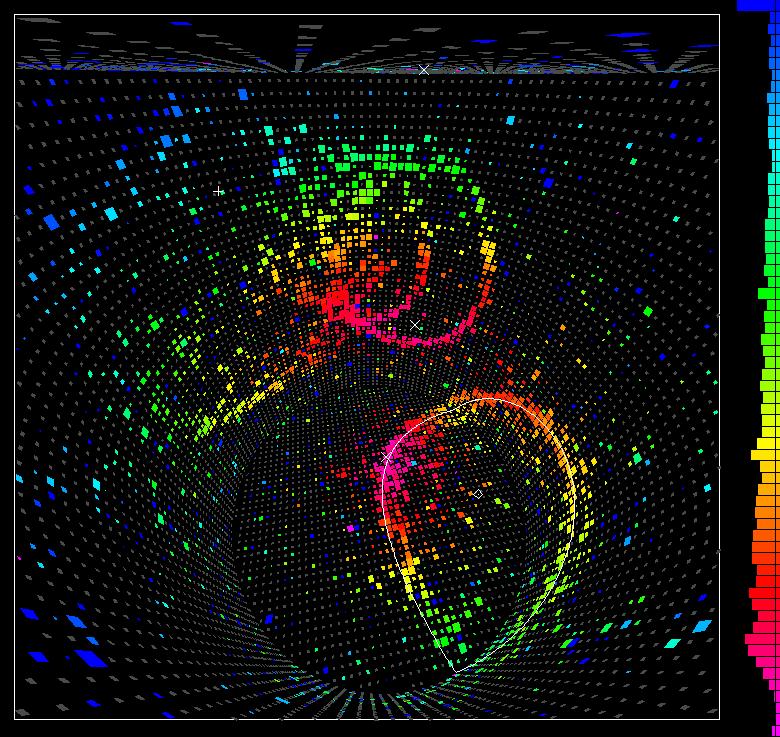
Beyond that, the cosmic microwave background (from Planck) and the large-scale structure data (from the Sloan Digital Sky Survey) tells us that the sum of all the neutrino masses is at most approximately 0.1 eV, as too much hot dark matter would definitively affect these signals. From the best data we have, it appears that the mass values that the known neutrinos have are very close to the lowest values that the neutrino oscillation data implies.
In other words, only a tiny fraction of the total amount of dark matter is allowed to be in the form of light neutrinos. Given the constraints we have today, we can conclude that approximately 0.5% to 1.5% of the dark matter is made up of neutrinos. This isn’t insignificant; the light neutrinos in the Universe have about the same mass as all the stars in the Universe. But their gravitational effects are minimal, and they cannot make up the needed dark matter.
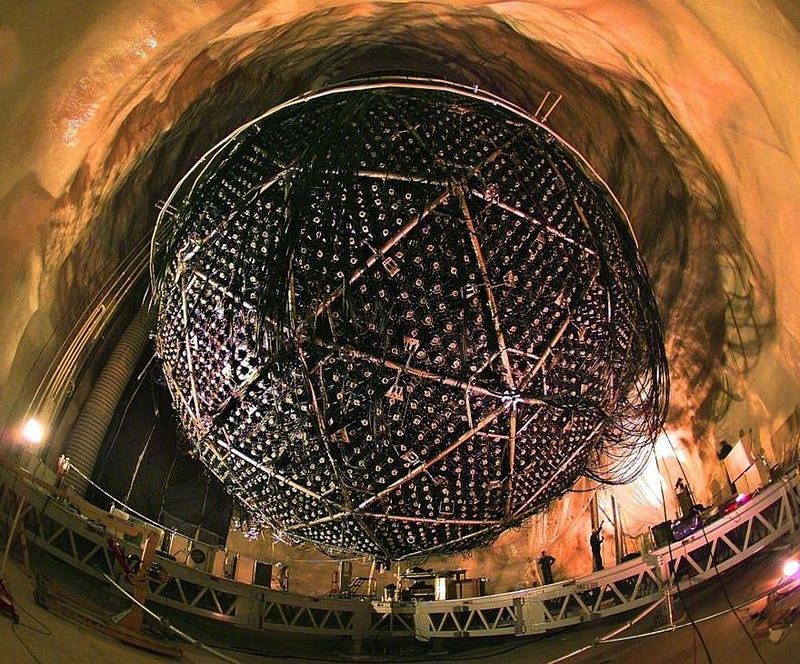
There is an exotic possibility, however, that means we might still have a chance for neutrinos to make a big splash in the world of dark matter: it’s possible that there’s a new, extra type of neutrino. Sure, we have to fit in with all the constraints from particle physics and cosmology that we have already, but there’s a way to make that happen: to demand that if there’s a new, extra neutrino, it’s sterile.
A sterile neutrino has nothing to do with its gender or fertility; it merely means that it doesn’t interact through the conventional weak interactions today, and that a Z-boson won’t couple to it. But if neutrinos can oscillate between the conventional, active types and a heavier, sterile type, it could not only behave as though it were cold, but could make up 100% of the dark matter. There are experiments that are completed, like LSND and MiniBooNe, as well as experiments planned or in process, like MicroBooNe, PROSPECT, ICARUS and SBND, that are highly suggestive of sterile neutrinos being a real, important part of our Universe.

If we restrict ourselves to the Standard Model alone, we simply cannot account for the dark matter that must be present in our Universe. None of the particles we know of have the right behavior to explain all of the observations. We can imagine a Universe where neutrinos have relatively large amounts of mass, and that would result in a Universe with significant quantities of dark matter. The only problem is that dark matter would be hot, and lead to an observably different Universe than the one we see today.
Still, the neutrinos we know of do behave like dark matter, although it only makes up about 1% of the total dark matter out there. That’s not totally insignificant; it equals the mass of all the stars in our Universe! And most excitingly, if there truly is a sterile neutrino species out there, a series of upcoming experiments ought to reveal it over the next few years. Dark matter might be one of the greatest mysteries out there, but thanks to neutrinos, we have a chance at understanding it at least a little bit.
Ethan Siegel is the author of Beyond the Galaxy and Treknology. You can pre-order his third book, currently in development: the Encyclopaedia Cosmologica.





